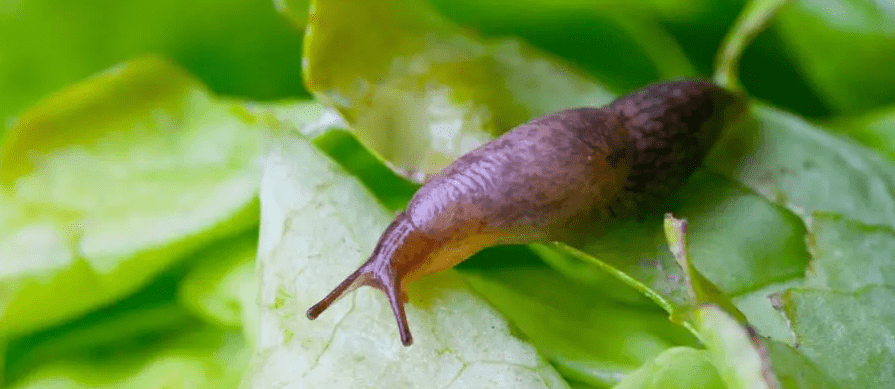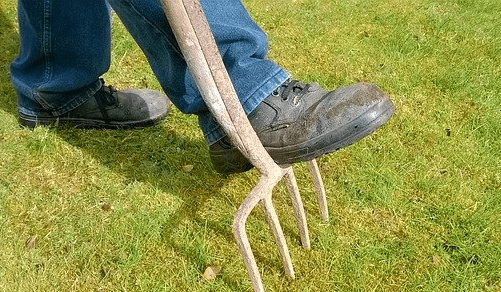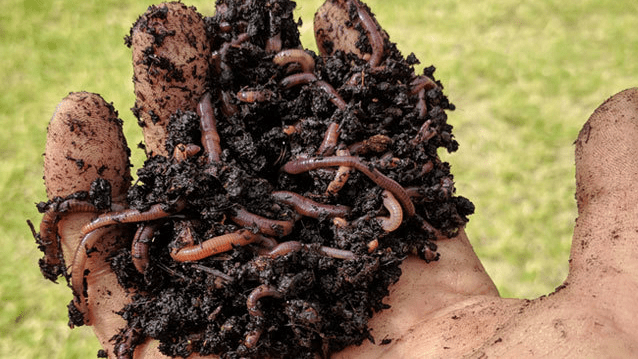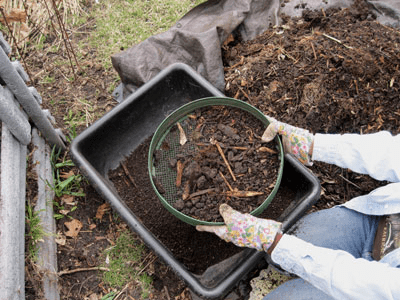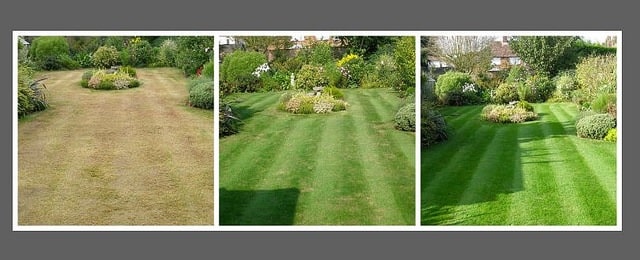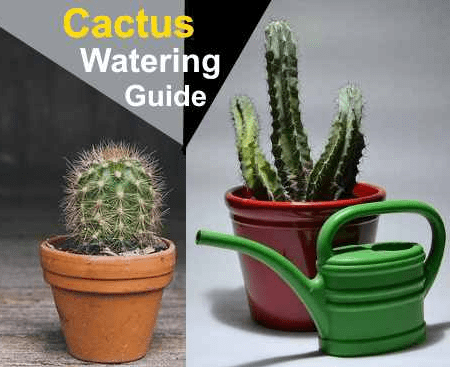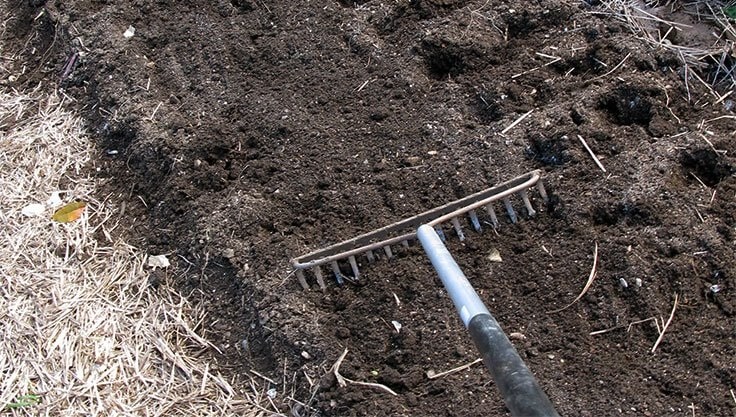It is always nice to embellish your garden with colorful flowers and to have a vegetable garden full of good fruits and vegetables full of flavor, not to mention the aromatic herbs that always add a nice touch to all our dishes and desserts. But for your gardening to be effective and not to harm the environment, follow these few rules that change absolutely everything!
Contents
- 1 1) Know your garden inside and out
- 2 2) Don’t forget to study the soil
- 3 3) Choose the right plants
- 4 4) The right time for each planting
- 5 5) Stimulate biodiversity
- 6 6) Do prevention
- 7 7) Take care of the plants and the soil
- 8 8) Water just what you need and when you need it
- 9 9) Take preventive measures
- 10 10) Don’t prune like a savage
- 11 Author
1) Know your garden inside and out

Not all gardens are alike. They differ in configuration as well as in the climate of the region or the microclimate of the garden. Study carefully the different areas: those that are bathed in sun, those that are shaded, those that are subject to wind or on the contrary spared… All these elements are important to adopt the right strategy.
2) Don’t forget to study the soil

The soil is the basis! It is in it that the plants come to draw all that they need (water, nutrients…). Thus, its nature is very important, because heavy or light soils, rich or poor in organic matter and with a more or less important content of acid, limestone and minerals are clearly not equal and all the plants will not grow there the same. Do not neglect this parameter.
3) Choose the right plants

As you can see, not all plants have the same needs. You must therefore choose them accordingly and never forget these three parameters: the climate, the exposure to the sun and the nature of the soil.
Another thing we don’t necessarily think about: avoid buying plants in plastic packaging such as containers (which therefore create waste).
4) The right time for each planting

You don’t plant anything at any time. Just because the sun is shining doesn’t mean you have to rush to plant everything. Wait until mid-March or the end of the month for more pleasant temperatures. You can never be sure of a late frost! Refer to the instructions on your seed packets to get a better idea of the best time to plant.
5) Stimulate biodiversity

A garden is always teeming with species as diverse as they are varied. To promote biodiversity in your garden ecosystem, don’t hesitate to rely on spiders and ladybugs to get rid of pests. To do this, plant rural hedges, small shelters, shrubberies and perennials. Do not distort your garden and leave a “wild” area for animals and insects. This can be an old low wall or a pond. Birds should also be able to nest safely and you can make a nest of nettles for caterpillars (it is also an excellent manure).
6) Do prevention

One of the biggest problems in gardening is pests. In addition to knowing ecological solutions against pests that will always be preferable to treat without poisoning the soil, you can test a crop rotation with vegetables that have different needs to make good use of the soil without deploring deficiencies in the soil and this helps break the cycle of development of pests.
To give an example, if you do this over four years, it means that in the first year, you will plant nitrogen-rich vegetables. The second year, it will be low-nitrogen vegetables. The third year, it will be vegetables that draw on deep reserves and the fourth year, you can opt for vegetables or compost to renew the soil.
7) Take care of the plants and the soil

We often take care of the plant, but we forget about the soil which needs to be well nourished. This is done with the help of compost, green or organic fertilizers, earthworms or even the use of a grelinette to lift the soil without disturbing the biological life it contains.
8) Water just what you need and when you need it

If you have paid attention to the parameters explained at the beginning of this article, your plantations will be adapted to the conditions in your garden, which allows them to be less water intensive. By overwatering, you will not only harm the environment by wasting water, but you will also harm the quality of your plants. Overwatering can be as destructive as drought, if not more so! Check out our article on the trick to watering plants to make them more resistant.
In mid-season, water in the morning and in summer, favor evening watering. Avoid watering in full sun.
9) Take preventive measures

To avoid having to deal with problems, don’t hesitate to plan ahead. To prevent pests from multiplying, you can glue the trunks of your fruit trees early on so that crawling pests don’t invite themselves in. You can also apply nettle manure to make your plants more resistant. We had suggested an article about ecological fertilizers that could help you on this issue.
10) Don’t prune like a savage

Pruning has consequences on the tree. The fresh cut particularly attracts various diseases as well as pests. So, practice a very clean pruning on small sections every 3 to 5 years, making sure not to stay too close to the trunk.


